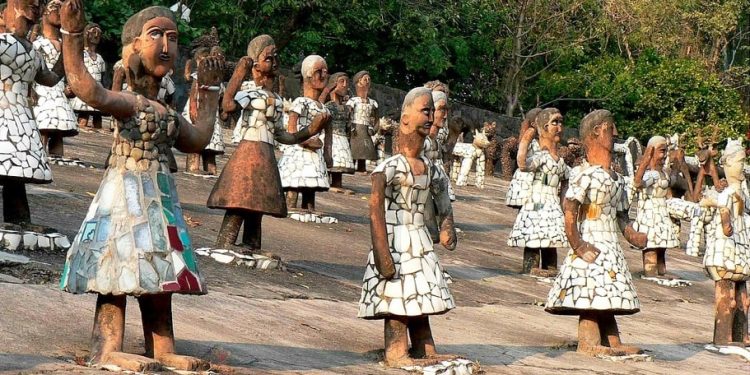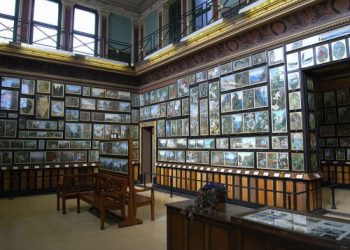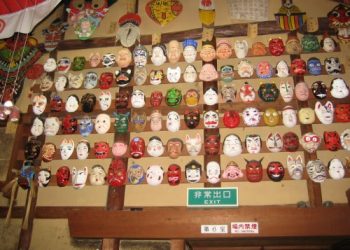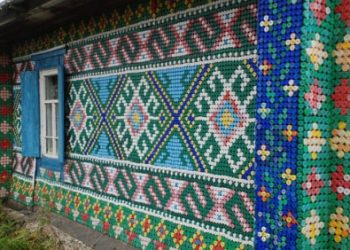With the exception of a few random places like Shankar’s International Dolls Museum, Vishala Environmental Centre for Heritage and Arts’ Utensils Museum and Sudha Cars Museum, the blog hasn’t spent much time in India. Well, let me change that with this next post. Second only to the Taj Mahal in India’s tourism department, the Rock Garden of Chandigarh is probably one of the best known examples of outsider art. Beginning in 1957, government official Nek Chand began collecting materials from demolition sites in his spare time. He then made art out of the scrap and other waste materials, using bottles, glass, bangles, tiles, ceramic pots, and sinks. But he had to work in secret because he was using a location near Sukhna Lake in a deeply-wooded gorge, which had been designated as a land conservancy. By the time the authorities found out in 1975 Chand’s garden had grown into a 12-acre complex (today it is over 40 acres) of man-made interlinked waterfalls and courtyards filled with hundreds of concrete sculptures. You’d think a one-of-a-kind sanctuary would have faced the bulldozers. But despite protests and calls for Chand to be punished, the rock garden was turned into a public space and the artist continued his work. In 1990, a road for the exclusive use of VIPs was to be built right through the middle of the garden and trees were cleared for its construction. There was a lengthy court battle, eventually resulting in victory. But when Chand left the country in 1996 the government withdrew its funding and the park was vandalised. That incident, and the governmental scandal that resulted from it, birthed the Nek Chand Foundation, a non-profit organization that ensures his work will remain preserved, protected and open to the public for many years to come.
















